Szukaj
Wyświetlanie pozycji 1-10 z 23
Strategia wykorzystania owadów jako alternatywnych źródeł białka w żywieniu zwierząt oraz możliwości rozwoju jego produkcji na terytorium Rzeczypospolitej Polskiej
(2021)
Polska, podobnie jak pozostałe państwa członkowskie UE, jest krajem z ograniczonym asortymentem wysokobiałkowych surowców paszowych mogących stanowić wartościowe komponenty do produkcji pasz. Celem tej publikacji jest ...
Dioxins and PCBs in freshwater fish and sediments from Polish lakes
(2022)
PCDD/F and PCB concentrations were analysed in sediments, fish muscles, and livers collected from four lakes in Poland. In general, the fish and sediments had low levels of dioxins and PCBs. The total TEQ in the sediments ...
Perfluoroalkyl substances in hen eggs from different types of husbandry
(2022)
Poultry eggs from cage, ecological and free range production were analyzed in terms of perfluoroalkyl substances (PFASs). Taking into account all fourteen analyzed compounds, perfluorobutanoic acid (PFBA) reach the highest ...
Infant formula and baby food as a source of perfluoroalkyl substances for infants
(England : Elsevier Applied Science Publishers, 2022)
The present study reports infants’ exposure to fourteen perfluoroalkyl substances (PFASs) in infant formula and baby food. First infant milk, follow-on milk and three types of baby food were analyzed: a variety made of ...
Dioxin transfer simulation from feed to animal tissues and risk assessment
(PERGAMON-ELSEVIER SCIENCE LTD, ENGLAND, 2022)
Dioxins might be introduced into the food chain through a direct or an indirect pathway. The main source of human exposure to dioxins is food of animal origin, whereas feeds are the main route of exposure of farmed animals ...
Polychlorinated dibenzo-p-dioxins, dibenzofurans and dioxin-like polychlorinated biphenyls in bivalve molluscs. Risk to Polish consumers?
(National Veterinary Research Institute in Pulawy, 2023)
Concentrations of polychlorinated dibenzo-p-dioxins and polychlorinated dibenzofurans (PCDD/Fs) and dioxin-like polychlorinated biphenyls (DL-PCBs) were investigated in six species of bivalve mollusc purchased on ...
Feed as a source of polybrominated diphenyl ethers (PBDEs)
(ELSEVIER, 2023)
One of the most important routes for human exposure to polybrominated diphenyl ethers (PBDEs) is the ingestion of contaminated food. Food of animal origin safety is strongly related to feed quality. The aim of the study ...
Levels of caesium-137 in food of animal origin in Poland
(National Veterinary Research Institute in Pulawy; Poland, 2023)
Introduction: Radioactive contamination of the environment is one of the greatest threats after a nuclear accident due to released radionuclides. From a radiotoxicological point of view, the most important radionuclide is ...
Occurrence and dietary intake of dioxins, furans (PCDD/Fs), PCBs, and flame retardants (PBDEs and HBCDDs) in baby food and infant formula
(ELSEVIER, 2023)
This study determines the levels of 49 persistent organic pollutants which were grouped into polychlorinated dibenzo-p-dioxins (PCDDs), polychlorinated dibenzofurans (PCDFs), polychlorinated biphenyls (PCBs), polybrominated ...
Occurrence of perfluoroalkyl substances in cow’s, goat’s and sheep’s milk – dietary intake and risk assessment
(National Veterinary Research Institute in Pulawy; Poland, 2023)
Introduction: Milk from cows, goats and sheep was analysed in terms of content of fourteen perfluoroalkyl substances (PFASs). Material and Methods: Altogether, 73 milk samples from cows (n = 38), goats (n = 20) and sheep ...
